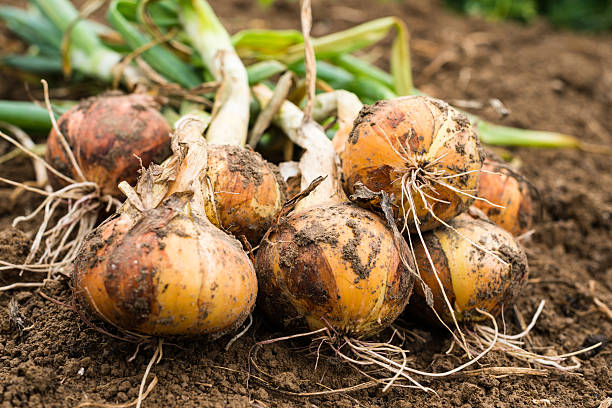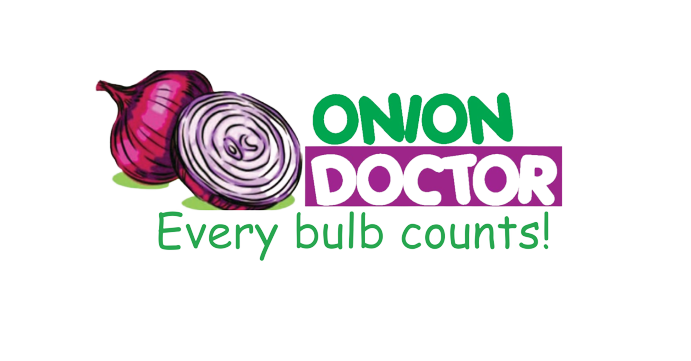Overview Risk in Onion Farming

Are you in need of in-depth knowledge on onion and garlic production? If yes, we are a call away. Our service chatter includes: Onion seedlings, Garlic seedlings, Farm planning services, Soil testing, Drip irrigation installation and maintenance, Agronomic support, Onion and Garlic value pack and Farm management. For free consultation, placing orders or booking a visit with an agronomist, please contact us via Call or what’s app +254703982228, Email: Info@oniondoctor.co.ke.
Onion farming, like any agricultural endeavor, is associated with various risks that can impact production, profitability, and overall success. These risks can arise from both external and internal factors.
Here's an overview of the key risks in onion farming:
Climate and Weather Risks: Onions are sensitive to temperature and moisture conditions. Extreme weather events such as droughts, heavy rains, can damage the crop, affect bulb formation, and lead to yield losses. Unpredictable changes in weather patterns can pose a significant risk to onion farmers. The ideal temperatures onions need to grow are between 13 – 35 degrees centigrade. This means that onions can grow in most parts of Kenya.
Pests and Diseases: Onions are susceptible to a range of pests and diseases that can decimate crops. Pests like thrips, aphids, onion maggots, and diseases like onion white rot can lead to reduced yields, poor bulb quality, and even complete crop failure. Onion farming can be significantly affected by diseases and pests, leading to reduced yields and lower-quality produce. However, with knowledge about the common diseases and pests that affect onions, along with effective management strategies, farmers can mitigate the risks and ensure a healthier onion crop. Implementing good agricultural practices such as crop rotation, maintaining proper plant spacing, practicing good hygiene, and using disease-resistant varieties can go a long way in preventing and managing diseases. Additionally, monitoring for pests, implementing cultural controls, and utilizing targeted insecticides when necessary can help minimize pest damage.
Market Fluctuations: The market for onions can be volatile due to factors like changes in demand, supply, imports, and export restrictions. Price fluctuations can impact the profitability of onion farming, as farmers might not receive the expected returns on their investment.
Input Costs: Rising costs of seeds, fertilizers, pesticides, and other inputs can erode profit margins for onion farmers. Fluctuations in input prices can make it challenging to budget and plan effectively.
Labor Shortages: Onion farming often requires intensive labor during planting, weeding, and harvesting. Shortages of skilled labor can lead to delayed operations and increased costs, affecting both yield and quality. Farmer must prepare the workers earlier before starting planting for skills guide by the agronomist.
Post-Harvest Losses: Improper handling, storage, and transportation practices can result in post-harvest losses due to bruising, rot, and sprouting. Inadequate infrastructure and lack of proper storage facilities can exacerbate these risks. The quality of the planting materials can play a part in post-harvest losses. Poor-quality seeds produce onions that are vulnerable to damage and disease. In addition, bacterial and fungi infections can develop while food is being grown and stored. Infections may be the cause of rotting and discoloration in onions.
Onion Doctor supports small holder farmers across Africa with quality and affordable Onion and Garlic seedlings, Onion seedlings, Farm planning services, Soil testing, Drip irrigation installation and maintenance, Agronomic support, Onion and Garlic value pack, Farm management, E-extension and on-farm training for farmers to optimize on yields and get maximum profits.
